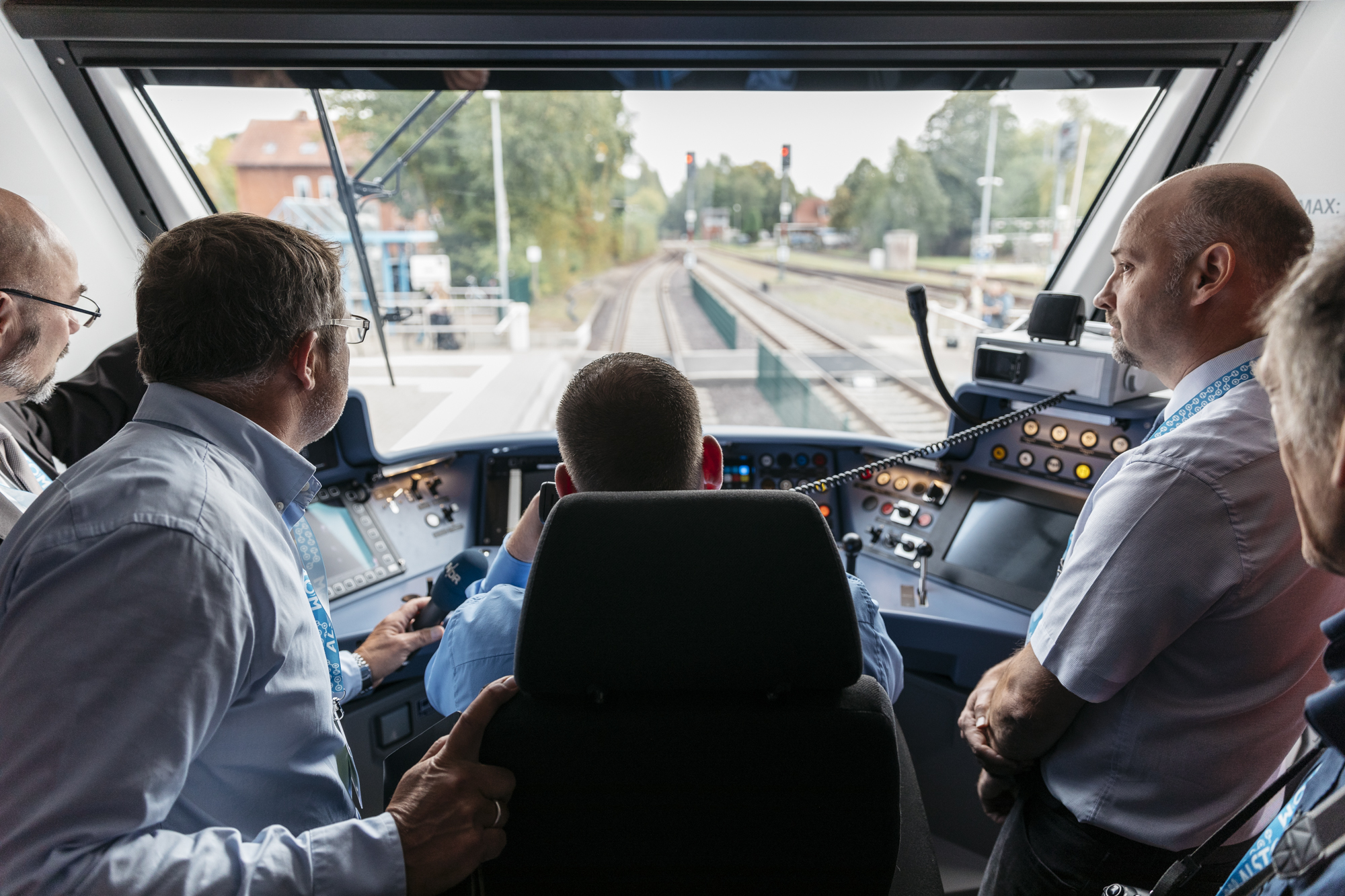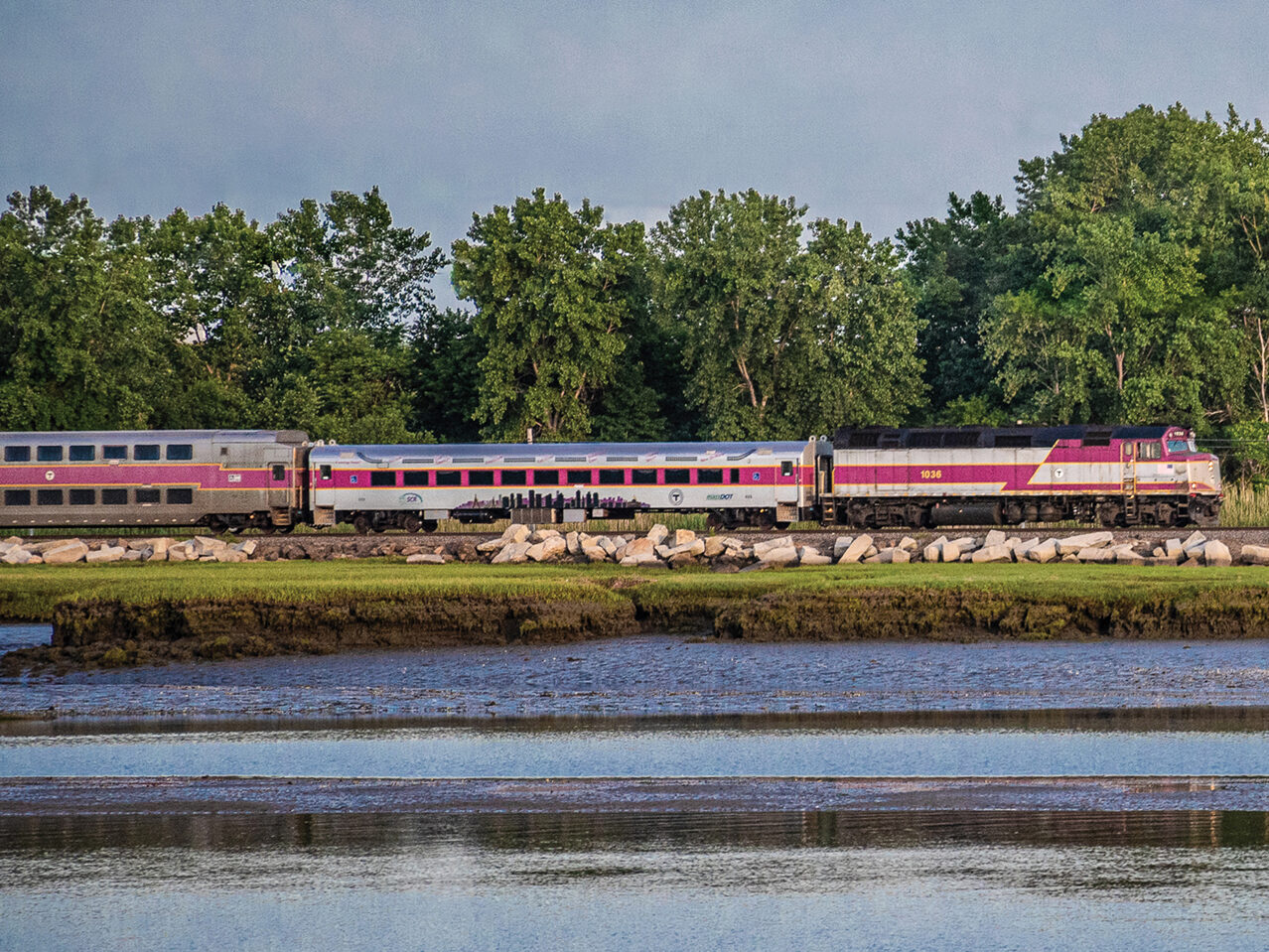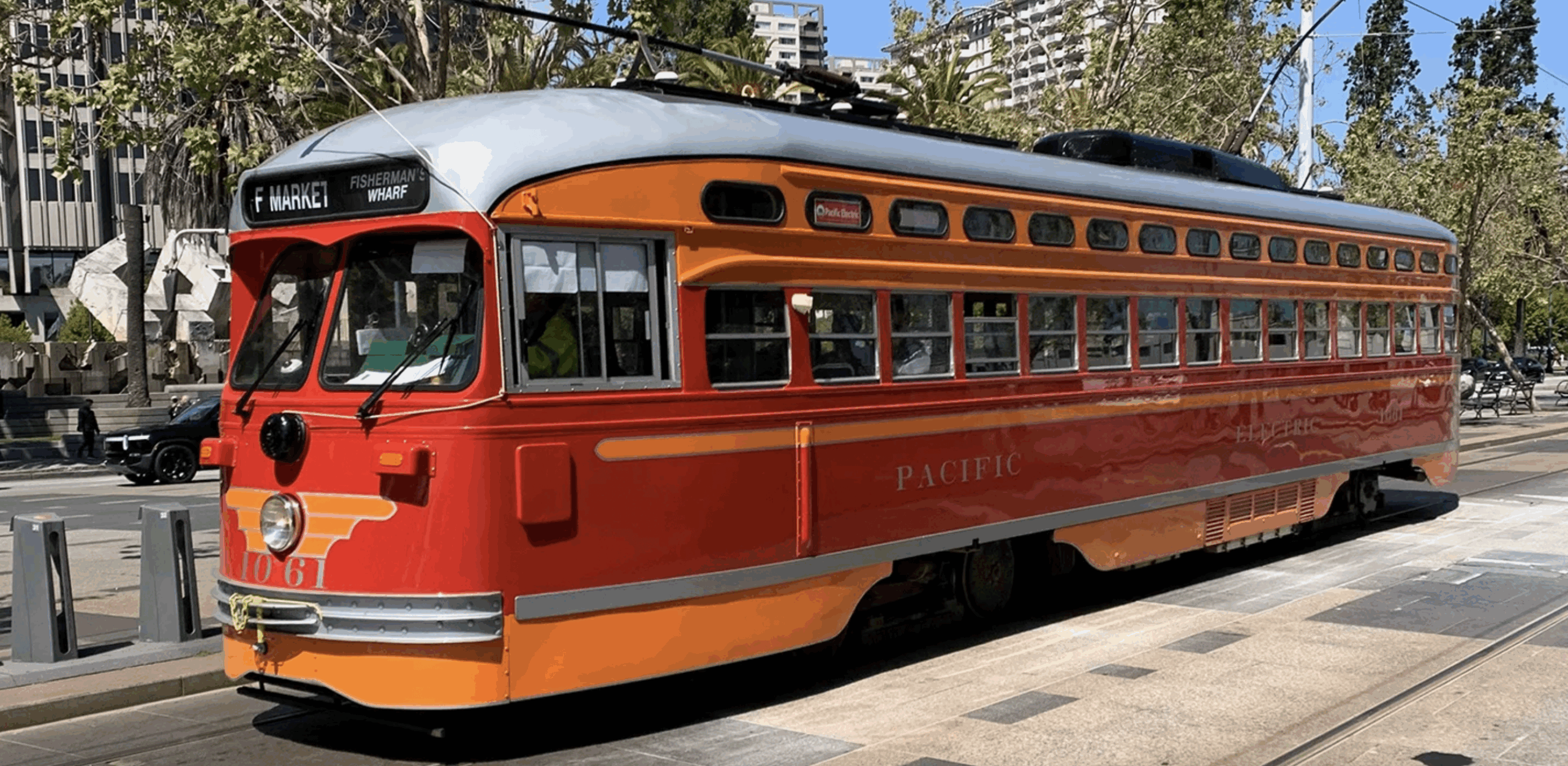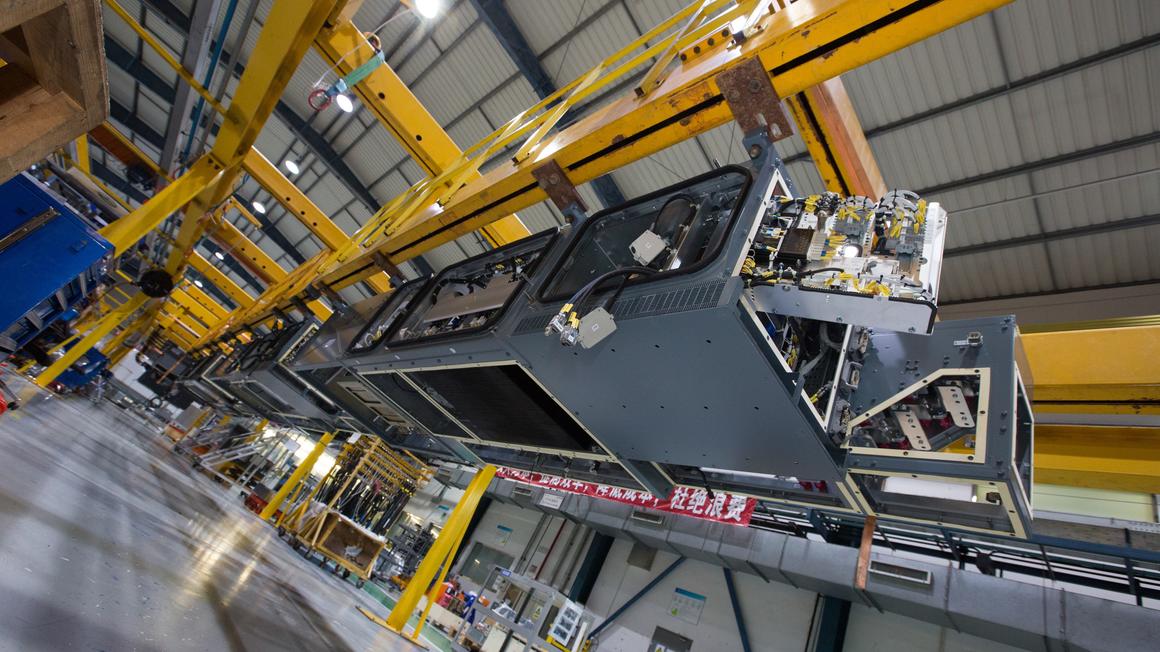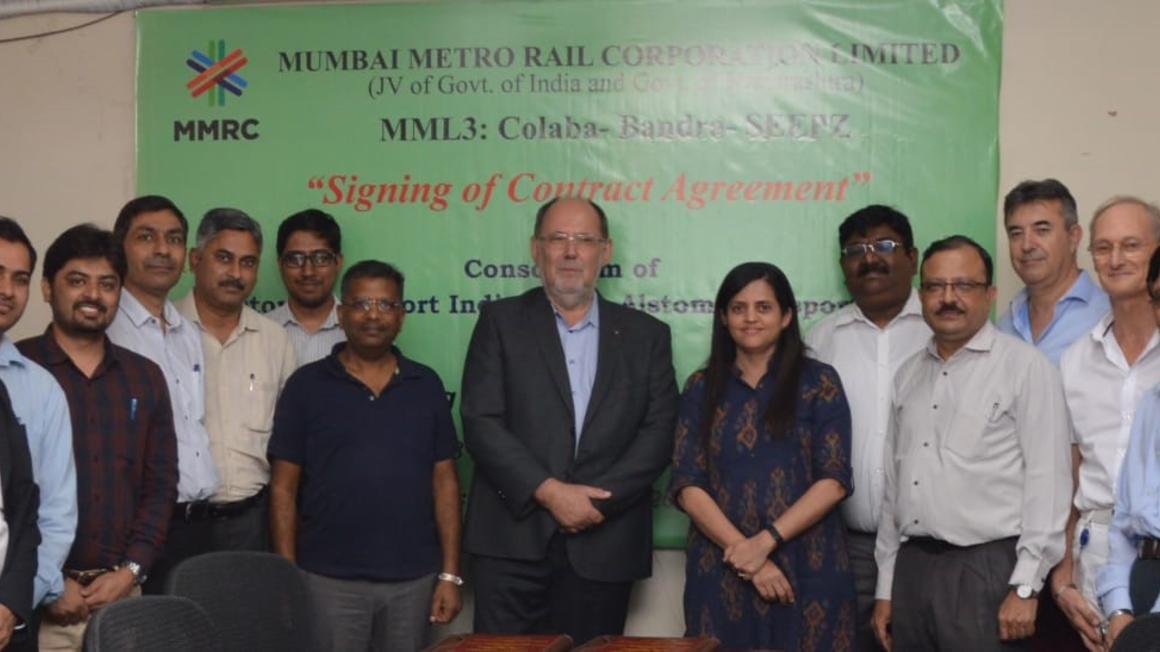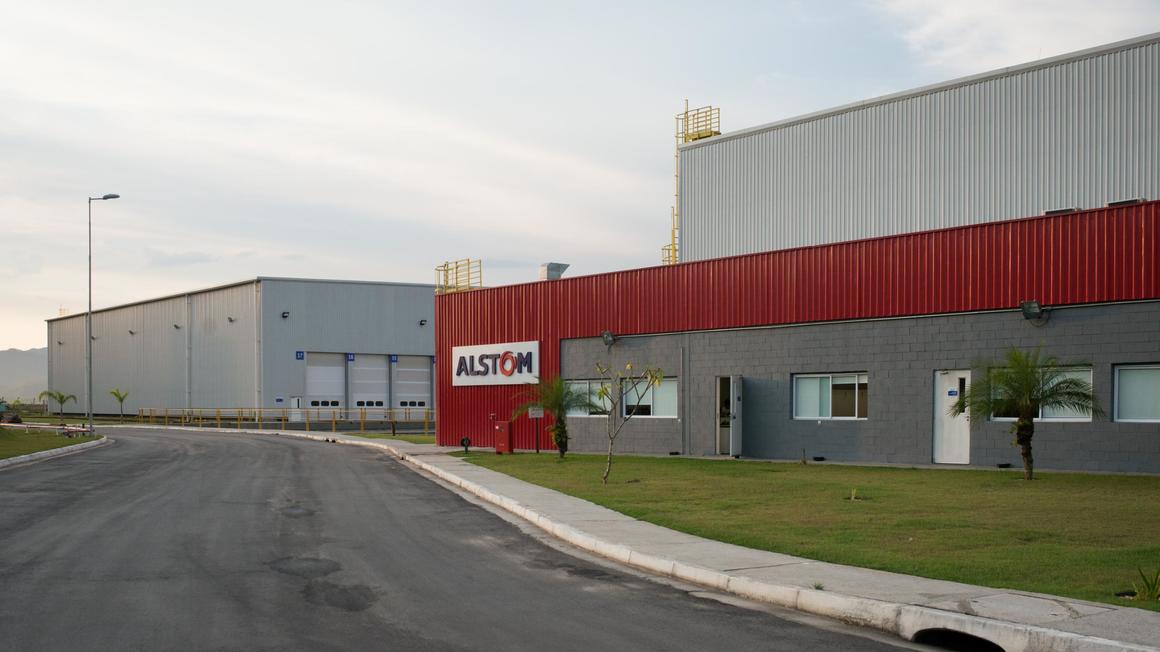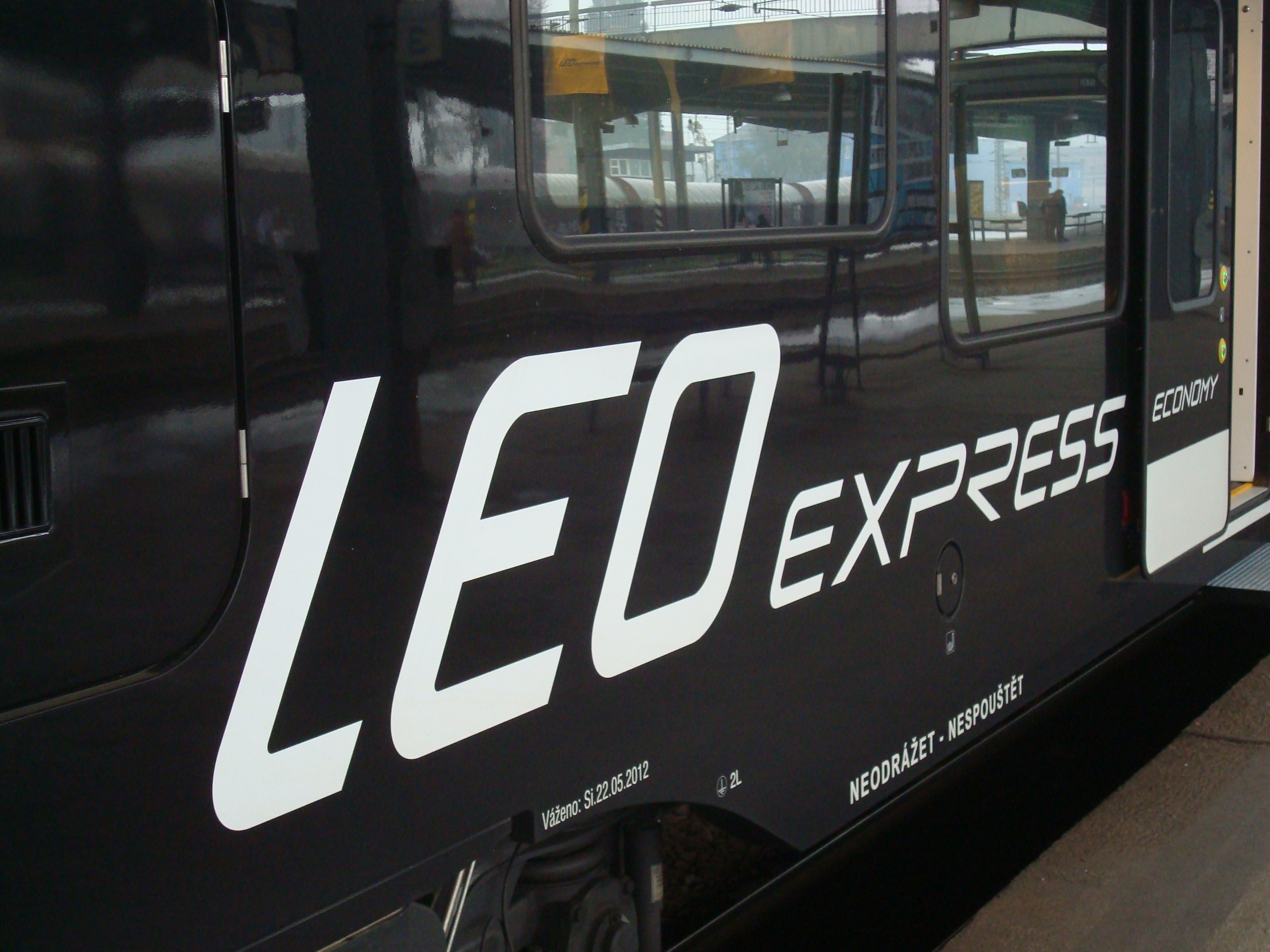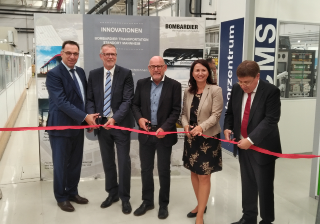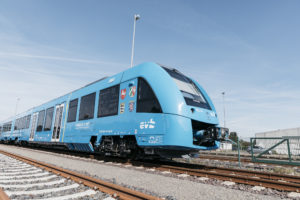
Germany: The Coradia iLint, the world’s first hydrogen-powered train, which was designed and built by Alstom Transport, has started passenger services in Lower Saxony. Two trains will operate on a fixed timetable between Cuxhaven, Bremerhaven, Bremervörde and Buxtehude for Verkehrsbetriebe Elbe-Weser (EVB), which provides rail services in return for compensation from the transport authority for the state, the Landesnahverkehrsgesellschaft Niedersachsen (LNVG). An additional 14 Coradia iLint trains will be delivered to LNVG in 2021.
The arrival of the trains was greeted by senior figures from Alstom, EVB, LNVG, the government of Lower Saxony and the German federal government.
The Coradia iLint is equipped with fuel cells that convert hydrogen and oxygen into electricity. The only waste product produced by the engine is water. For these initial services the hydrogen gas will be pumped into the trains from a forty foot-high steel container next to the tracks at Bremervörde station. This mobile station will be replaced by a fixed facility when the new trains are delivered to the operator.
Henri Poupart-Lafarge, Chairman and CEO of Alstom, said:
“This is a revolution for Alstom and for the future of mobility. The world’s first hydrogen fuel cell train is entering passenger service and is ready for serial production. The Coradia iLint heralds a new era in emission-free rail transport. It is an innovation that results from French-German teamwork and exemplifies successful cross-border cooperation.”
The development of the trains was supported by the federal government of Germany via the National Innovation Programme for Hydrogen and Fuel Cell Technology.
Enak Ferlemann, Federal Government Commissioner for Rail Transport and Parliamentary State Secretary of the Federal Ministry of Transport and Digital Infrastructure, said:
“A world premiere in Germany. We are putting the first passenger train with fuel cell technology on the track. This is a strong sign for the mobility of the future. Hydrogen is a real, low-emission and efficient alternative to diesel. These trains can be operated cleanly and in an environmentally friendly way, especially on secondary lines where overhead lines are uneconomical or not available yet. We therefore support and fund this technology, in order to expand it.”
Carmen Schwabl, Managing Director of LNVG, said:
“With the two Coradia iLint trains and with the use of another 14 hydrogen trains from the end of 2021, we are the first passenger rail transport authority to replace existing diesel vehicles by emission-free vehicles, thus contributing better to the fulfilment of the climate protection goals.We also do this because about 120 diesel trainsets in our vehicle pool will reach the end of their lifetime within the next 30 years, meaning we will have to replace them. The experience gained with this project helps us find a sustainable and practical solution.”
These trains are new and very expensive but Alstom is further demonstrating the economic viability of the technology via a UK project in to convert existing rolling stock to hydrogen-power. The company will fit hydrogen tanks and fuel cells to Class 321 electric trains owned by the ROSCO Eversholt Rail. Hydrogen fuel is also not the only alternative source of propulsion in the rail industry. Bombardier Transportation recently unveiled their new battery-powered train. The Coradia iLint was unveiled for the first time at InnoTrans 2016.
